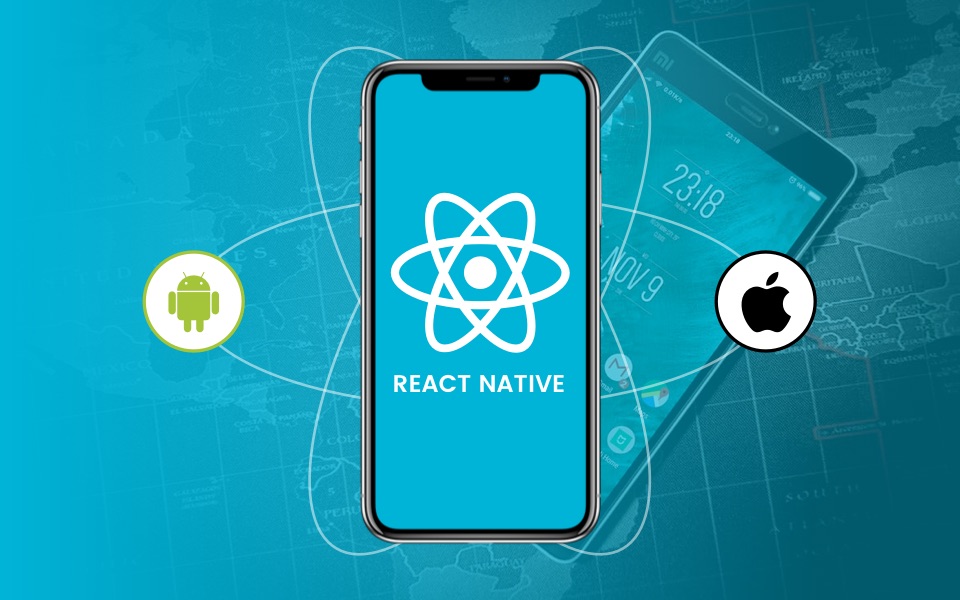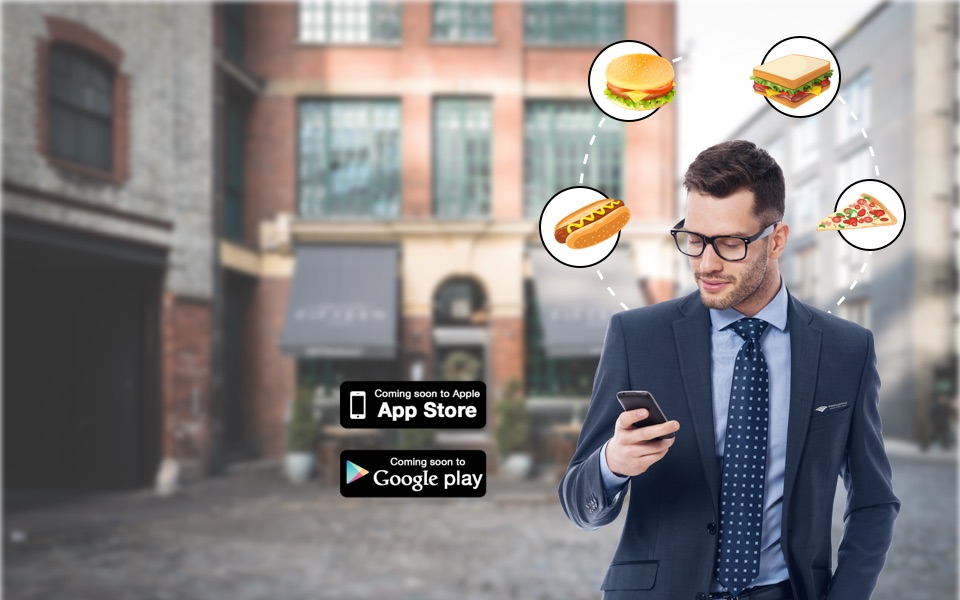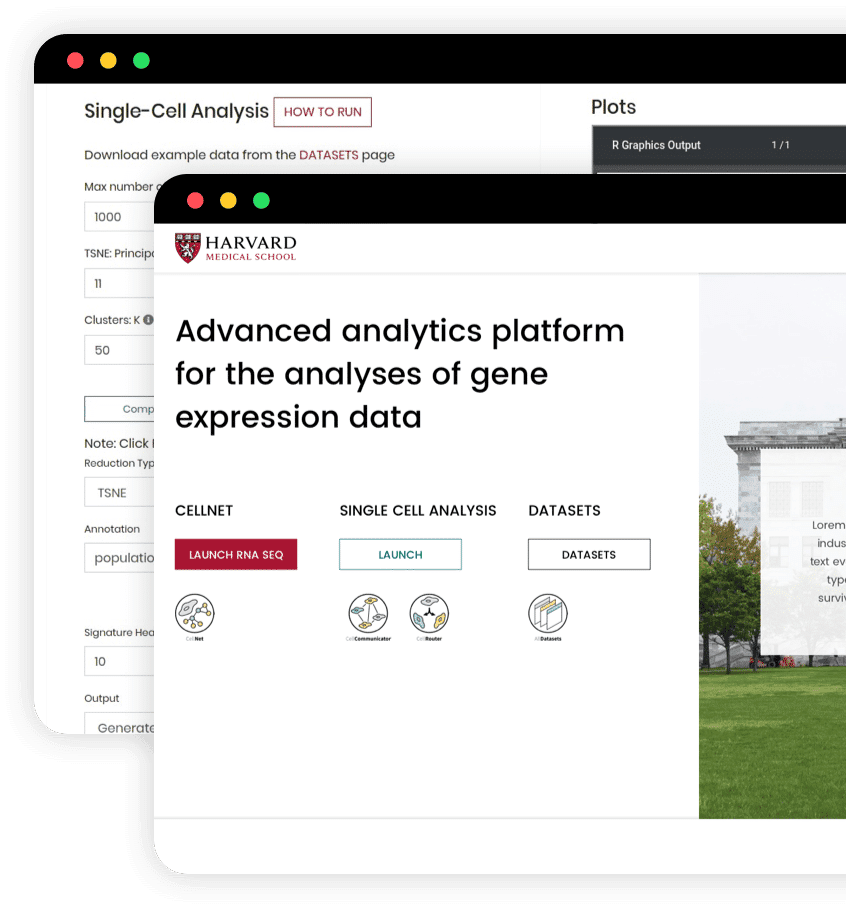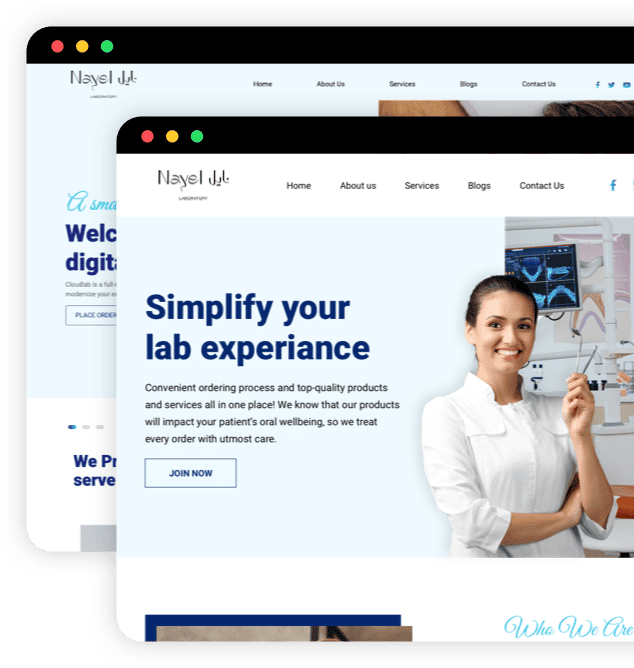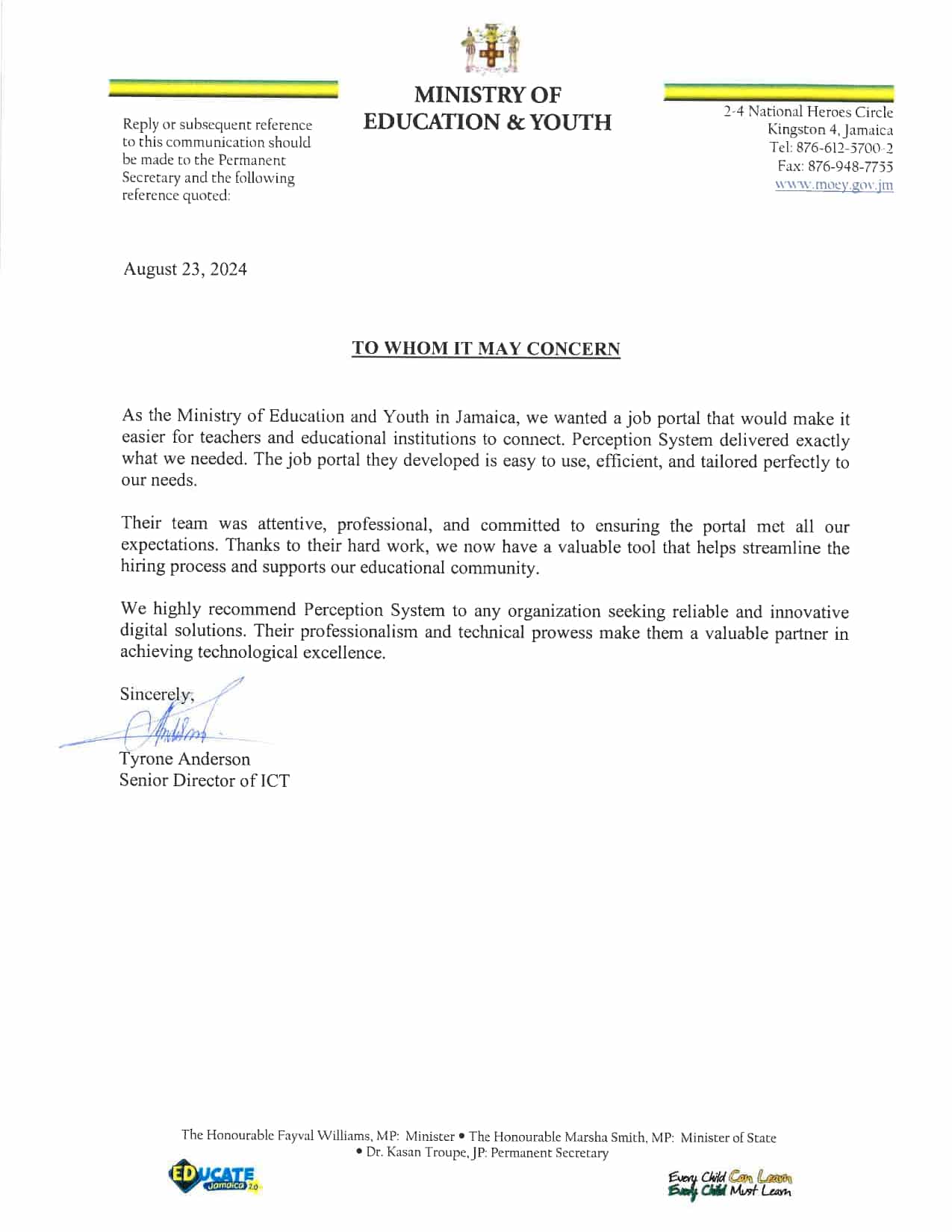About the Client
Location United States
Industry Health & Wellness
The base company of the WhatsMyM3 mobile app is M-3 Information. M-3 Information, a company that eventually grown through collaborative of National Institute of Mental Health alumnus and rest of other institutions such as – clinicians, academic researchers, information technology etc. who are committed to reengineering the detection of mental health disease and streamlining its integration into primary care, the point of first contact for a majority (over 70%) of all mood disorder cases.
The M3-Information team identified a need to develop a multi-dimensional screen to replace the existing single-disease oriented screens that only addressed one form of mental illness. To address these problems, our team focused on a mental health screen that could measure outcomes based on question responses.
Services we offered
The Challenge
This client belongs to Rockville, MD, United States and was in thinking of implementing their offline diagnosis process to a mobile app. Hence, the client was looking to have an IT consultant, who can understand the complex diagnosis process, and then offer a complete solution – a mobile app (iOS/Android).
The key needs of the client was to have an easy yet effective tool that can be used for scanning the mental condition of the patients by applying an M3 algorithm and based on that show the diagnosis report to them. Hence, it was quite challenging and so the client was looking for a team, who should be –
Project Scope
Perception System did a series of discussions with the client who was actually a doctor (psychiatrist) having in-depth knowledge of psychology and M3 checklist. After having thorough sessions with the client, it gave us an enough backbone of the subject and a diagnosis algorithm (M3 algorithm) that we need to implement in the mobile app.
System Analysis
Our software development team analyzed the concept hypothetically. Afterward, we have closely inspected the entire process and defined user stories.
Project Planning
Our team created flow diagrams for the entire workflow and planned the project development process by defining technical implementations.
System Architecture
We planned the entire mobile app architecture with navigation, modules, and data interactions with the backend system.
Wireframe & Prototypes
After meetings with the client team, our mobile app designers prepared wireframes and prototypes citing all possible workflow diagrams, navigation, and data flows.
UI & Database Design
We had a thorough study of the – user-focused UI and UX design, establish design patterns for UI and UX design consistency, and consistent actions for the application.
User Stories & Test Cases
We created user stories & test cases for each of the functionality of the system, to be precisely developed and tested well.
Developing Mobile App
Our team developed the mobile app in a systematic manner, involving integration of final design screens first (no functionalities), followed by the module implementation in a defined sequence, starting from the Login/Registration module, then assessment wizard, then thorough diagnosis (i.e. M3 algorithm), then result, then recommendations and the rest of the other functionalities.
Performing QA/QC
We’ve performed end to end QA/Testing of the entire system with the test cases that we developed using all the standard QA methodologies & tools.
Deploying & Delivering the Final System to Client
We configured the hosting environment (as per needs we had) and then deployed the mobile APIs over the server so it gets synched with the mobile app for data retrieving and pushing back.
We managed to do API updates in CICD manner using GIT pushing, where our team was working in a staging environment and pushing the updates to deployment after QC.
Once the web part for API is completed and we checked that it gets synched with the mobile app then our team moved to start app publishing on Google Play and Apple iTunes server. We collected the app store credentials from the client and the other details (publishing page contents) and started to publish the app.
Providing Support & Maintenance
We committed to long-term support and maintenance with a feasible plan signed by the client creating a healthy development partnership. It helps the client to sustain their mobile app as we keep updating it as per new version of the iOS and Android OS and any norms changes by Google or Apple app store policies.
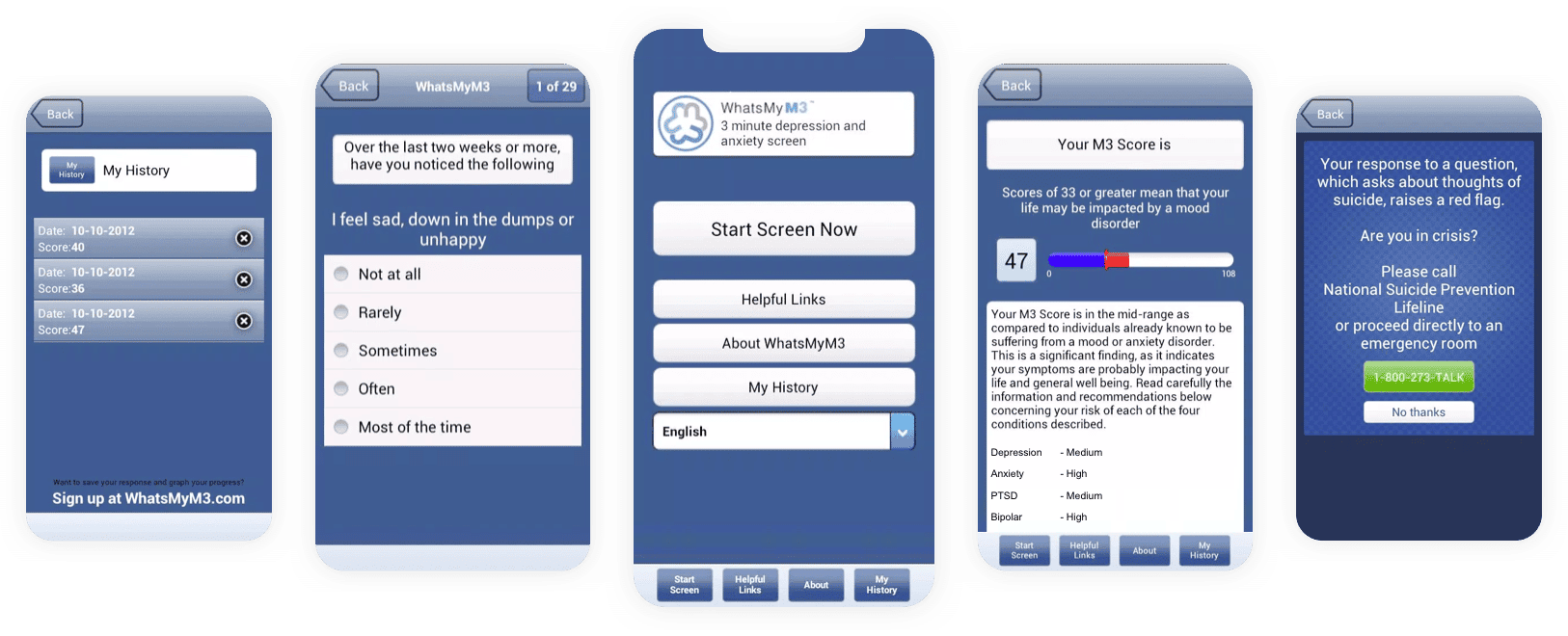
Solution
Chasing a solution was a bit tricky as we needed to be comfortable with the subject first, and then understand the expectation of the client with the M3 checklist. Ultimately, a mobile app needs to be self-intuitive yet covering a complete screening (M3 algorithm) process effectively. However, our dedication towards the goals led us to deliver the solution successfully, as well as within the prescribed timeline & budget.
The Team at Perception took the challenge and created 14 sprints and worked closely with the key IT personnel in the team to better deliver a solution on time.
We built the mobile app in a span of 14 weeks (considering each sprint was 1 week) with all requirements using the latest and stable technology stack/frameworks at that time.
Agile Scrum
We followed the Agile Scrum methodology to develop the mobile app. We listed features as task backlogs and started working in an iterative & incremental delivery model.
Development Methodology
We adopted a test driven design and development approach to result in a high-quality mobile app as a final product.
Technology
We built the mobile app using a latest and stable release of the mobile development SDK at the time. For iOS app development, we used Swift framework (Objective-C language) for the iOS app whereas Android framework (Kotlin language) for the Android app.
Behavior-Driven Development (BDD)
We have adopted BDD approaches to bring collaboration between client-side teams across the various branches and development teams along with seamless communications.
Segregation
We divided the entire development process using WBS (Work Breakdown Structure) methodologies to address all the requirements of client-organization.
Technologies
We Used
Results
Milestones & Deliverables
A mobile app with a clear and exact intention as the client had. This has released the stress for the client to do the manual diagnosis, which was time consuming, stress-full and sometimes prone to human errors.
Achievements
A WhatsMyM3 app has proved that it is the standardized diagnosis tool for the M3 checklist and can be used in an authentic way by every psychiatrist.
The client was so happy that soon after launching the app, they turned to the decision of launching the app globally, hence they approached the Perception system for adding multiple language support in it (13 most spoken and used languages in the world).
Satisfaction
The client is quite satisfied and happy and is willing to replace their existing web platform with a new look and feel and introduce several similar tools (as WhatsMyM3 is) to develop mobile apps for the same.
Value Delivered
“Working with Perception Systems was a professional bliss, great work under budget and reasonable execution timeframes, my current go-to for python-web development solutions!”
Luis R. Soenksen,
Massachusetts Institute of Technology
Striking Features
User Accounts –
Slick and easy
Multilinguals
(13 languages)
M3 Scanning
(Detailed Screening)
Diagnosis Report
(After Screening)
Recommendations
(for treatment)
My Scannings
My Account




